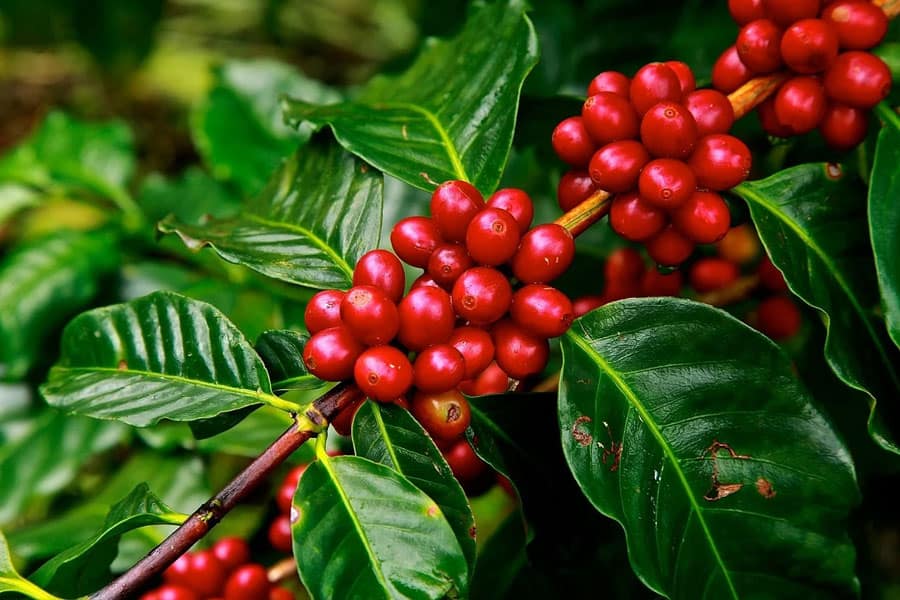Kratom and Coffee: Champions of the Rubiaceae Family
If you’ve read even a brief introduction to the kratom plant and where it comes from, you’ll probably know that this rainforest tree is part of the Rubiaceae or coffee family. But how closely are kratom and coffee actually related, and what exactly do they have in common? Read on to learn about these two botanical superstars and how to enjoy the best of both.
Meet the Family
A subclass of the major Angiosperm or ‘flowering plant’ group, the Rubiaceae family gets its name from the word ‘red’ ‘ thanks to the red dyes that can be found in some of the most commercially important Rubiaceae species. Rubiaceae plants are often (although not all) found growing in tropical areas and share the following characteristics:
- Opposite leaf pattern
- Unbroken leaf margins
- Small leafy appendages at the base of each leafstalk
- One flower or a cluster of flowers
As well as medicinal plants like Cinchona (quinine), Uncaria tomentosa (cat’s claw), Cruciata laevipes (crosswort), kratom, and beverages like coffee, the Rubiaceae family also includes ornamental plants like jasmines and gardenias and dye-producing species like common madder. With 611 genera and over 13,000 species, this family certainly contains its share of useful plants!
What Do Kratom and Coffee Have in Common?
We know these superstar species are both very popular for their stimulating and mood-boosting effects, are both somewhat addictive, and both grow best in a tropical climate. But what else do they have in common? As it turns out, not that much!
In terms of alkaloids, the two plants are completely different ‘ coffee’s effects are due to caffeine, while kratom’s active ingredients are mitragynine and 7-hydroxymitragynine. Another important difference is that both influence the digestive system in opposite ways ‘ with kratom slowing things down, and coffee speeding things up.
Enjoying the Best of Both Worlds
Keeping the differences between kratom and coffee in mind, some people have found that the two are actually pretty complementary. So, how can you enjoy the best of both? Our first tip for getting the best out of these two fabulous plants is to become a beverage gourmet and get to know the kinds available. Coffee itself has at least four drinkable varieties, and kratom comes in many different strains.
The most popular kind of coffee worldwide is Caffea arabica L. (Arabica coffee) which grows at elevations between 3,300 to 6,000 feet. The second most common is Coffea canephora (Robusta coffee), which grows at lower elevations and has a more full-bodied taste. Kratom ‘ as you probably know ‘ comes in several different strains, and can be prepared in different ways that result in different colors.
According to users, they can be safely combined, but be sure to halve your dose of kratom if you have it with coffee ‘ especially when using a stimulating strain! Popular ways to take kratom and coffee include mixing liquid coffee and kratom tea or taking your kratom dose in the morning and coffee half an hour later.
Become a Gourmet Kratom Consumer with Koko Kratom
Our aim at Koko Kratom is to offer you the widest range of lab-tested kratom available so that you can enjoy the Rubiaceae family in all its diversity. Try kratom and coffee together or use each one separately ‘ you will soon find the combo that works for you!



